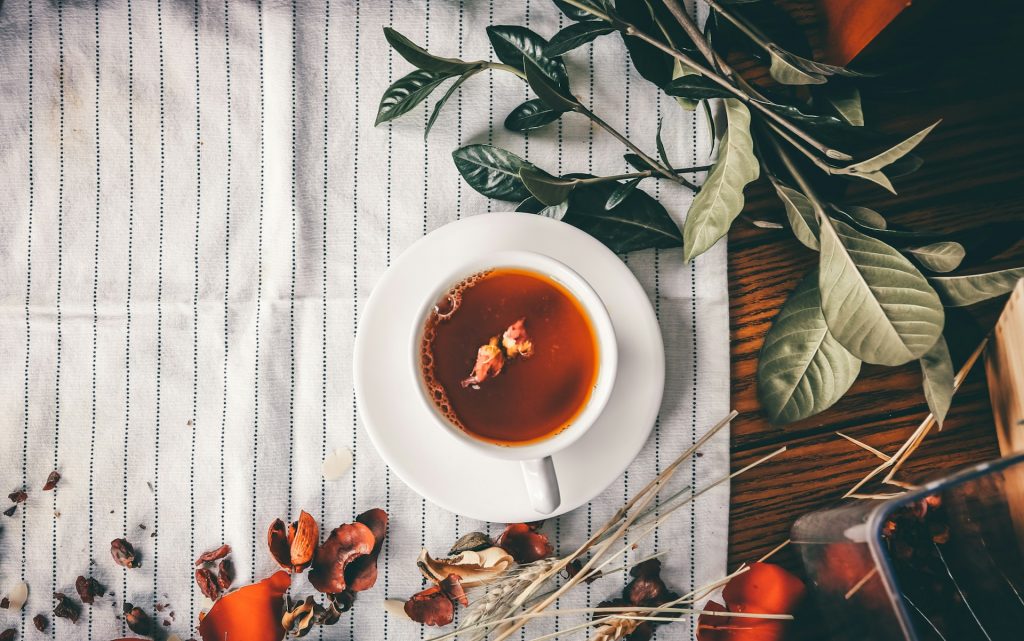
The first cup of tea is for your enemies, the second for your wife, and the third for yourself, says a Chinese proverb. But that’s in the Asian country, whose variety allows for several infusions and supposedly improves with each one. In contemporary Great Britain, due to the rush and instant gratification, the norm is to heat water in a kettle and throw in a teabag. The law of least effort.
Now, due to the situation in the Red Sea, Houthi attacks on commercial ships, and the impact on supplies (circumnavigating via the Cape of Good Hope instead of crossing the Suez Canal means a delay of about twelve days), Britons are at risk of running out of tea, not just for their enemies but even for themselves. From the shelves of some supermarkets, it has already disappeared, like toilet paper at the start of the pandemic, and the two main brands selling it in the country, Tetley and Yorkshire, have warned, so as not to cause alarm, that they are “closely monitoring the situation.” “Let’s keep calm, suggest the shopkeepers,” The Sun newspaper headlined the other day.
But alarm has spread because tea is part of British culture, soul, and identity, to the extent that one hundred million cups are consumed per year, an average of two daily per adult. Whether it’s because it’s raining and the weather is miserable, to wake up, or as comfort if you’ve been scolded at work, your partner has left you, your football team has lost, or the kids are unbearable. It’s the emergency exit.
Tea arrived in England in the mid-17th century and is now a symbol of national identity
Tea arrived in the mid-17th century when Dutch traders began bringing it to these islands from the rest of Europe and China. Initially expensive, like all exotic products, it became a favorite of the aristocrats and wealthy classes until it became popular and accessible to everyone. Today, it’s like a polite and healthy addiction, and most of it is imported from sub-Saharan Africa, Asia, and Oceania.
The prospect of running out of tea is too painful for Britons to sit idly by, and all sorts of theories about what to do in an emergency circulate on social media. Some recommend not throwing away the teabags and using them multiple times (although the quality worsens each time, unlike with the Chinese variety). Others suggest using those brought back as souvenirs from abroad, lying at the bottom of the pantry. Some recommend boiling expired leaves in milk and adding ginger, cinnamon, clove, cardamom, and sugar to turn them into a tasty chai. And certainly, not to disdain varieties like South African rooibos, even if they are not native, may be too fragrant for certain palates, and have little caffeine.
Coffee consumption is on the rise and almost equals that of tea (about 98 million cups a day)
But desperate times call for desperate measures, and the truly revolutionary alternative, if pushed to the extreme, would be to switch tea for coffee, which has been carving an increasingly large niche in the British market for decades since American chains like Starbucks appeared (98 million cups are consumed, only two million less than the national drink, and twice as much is spent on it because it is more expensive). Many discovered cappuccino in the late nineties, as part of Tony Blair’s Cool Britannia, and now can’t live without it. Though for tourists, tradition dictates, and going to the Ritz for a decaffeinated machine-made espresso, in a small cup, with hot milk, is not the same…
To a large extent, it’s a generational thing, older people prefer tea and younger people coffee, but wanting one doesn’t mean having to give up the other. The former is associated with comfort, coziness, routine, the warmth of a home’s kitchen. The latter, with the exotic, cosmopolitan, metrosexual, a discreet little adventure, a trip out even if it’s just for work or to play with the computer.
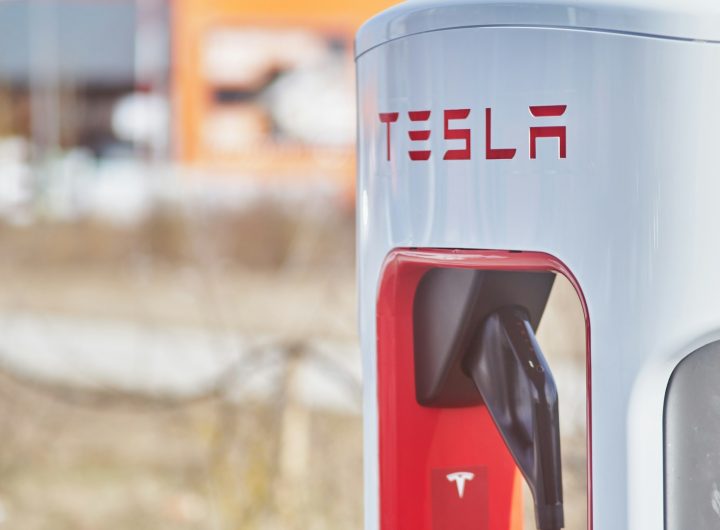 Tesla’s European fortunes take a hit as Chinese rivals gain ground
Tesla’s European fortunes take a hit as Chinese rivals gain ground  AWS Receives Final Approval for €15.7 Billion Data Centre Expansion in Aragon
AWS Receives Final Approval for €15.7 Billion Data Centre Expansion in Aragon  Construction Begins on 2.5-Million-Kilometre Telescope to Detect Gravitational Waves
Construction Begins on 2.5-Million-Kilometre Telescope to Detect Gravitational Waves 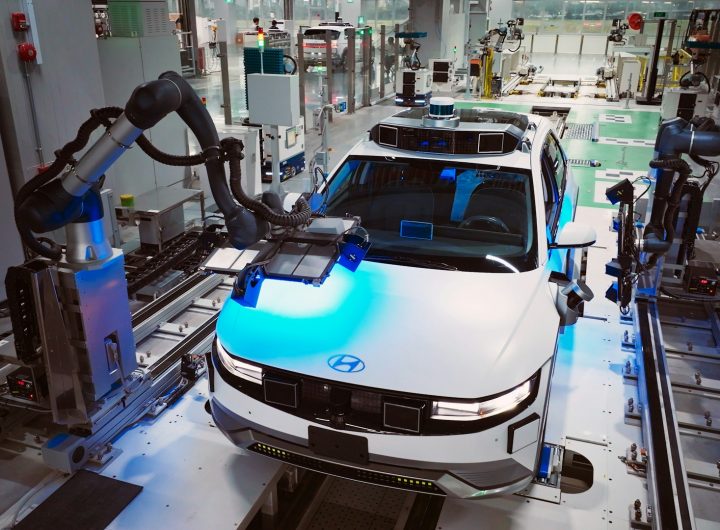 Porsche’s Leipzig Plant Hit by Cuts Amid Ongoing Automotive Crisis
Porsche’s Leipzig Plant Hit by Cuts Amid Ongoing Automotive Crisis 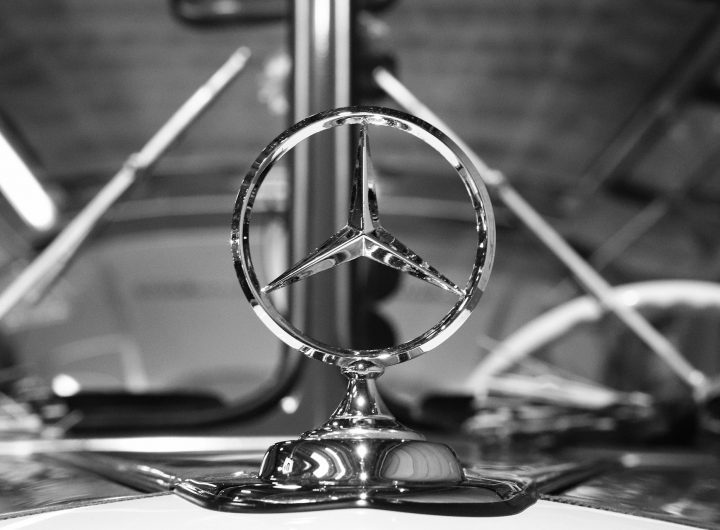 Mercedes-Benz Expands eActros 600 Line-Up for Long-Haul Transport
Mercedes-Benz Expands eActros 600 Line-Up for Long-Haul Transport  UnitedHealth Shares Plunge Nearly 20%, Dragging Dow Jones Down by 700 Points
UnitedHealth Shares Plunge Nearly 20%, Dragging Dow Jones Down by 700 Points  iPhone’s yellow battery mystery solved as Apple mandates shift to iOS 26
iPhone’s yellow battery mystery solved as Apple mandates shift to iOS 26 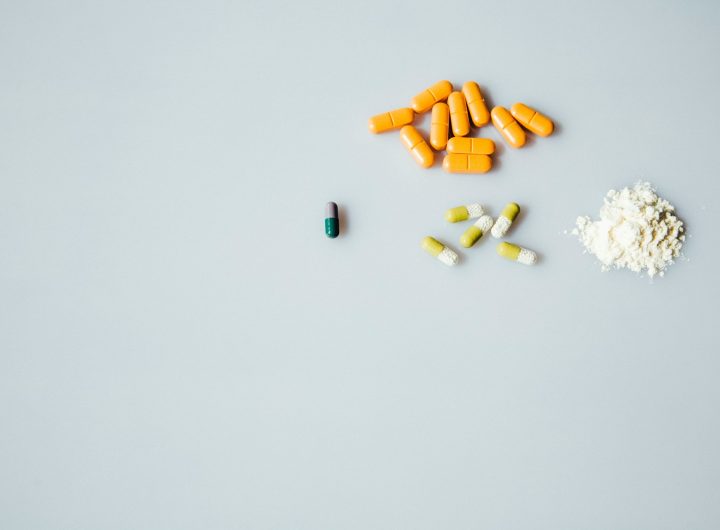 Novo Nordisk Shares Plunge After Profit Warning: Mixed Reactions from Analysts
Novo Nordisk Shares Plunge After Profit Warning: Mixed Reactions from Analysts